Difference Between AC MCB And DC MCB | How to connect and choose right MCB for AC and DC
About Miniature Circuit Breaker (MCB)
MCB is used as a short-term for electrical engineering term Miniature Circuit Breaker (MCB). Miniature circuit breakers are used in different appliances like in air conditioner as a protection circuit against short circuit and overload conditions. The short circuit or the overload in a circuit can occur due to a number of reasons like faulty connections or overcurrent scenario. A miniature circuit breaker is the same as the fuse. The only difference is that when a fuse is fused it needs to be replaced whereas when a MCB is overloaded it can be easily reset with a click or push of a button.
What is an AC MCB?
- There are a number of MCBs available in the market that can be used with the AC. However, the right decision for the selection of an MCB should be made after reading the ratings for a specific air conditioner.
- Each AC has its own ratings in which it operates the selection of the MCB should be made on the basis of those ratings. For example, if there is an AC with a capacity of 1 Ton.
- The MCB should be selected of 16 Amps type C MCB, this rating for the MCB is selected because the AC takes 1.5 times greater current at the time of starting as compared to the full load current.
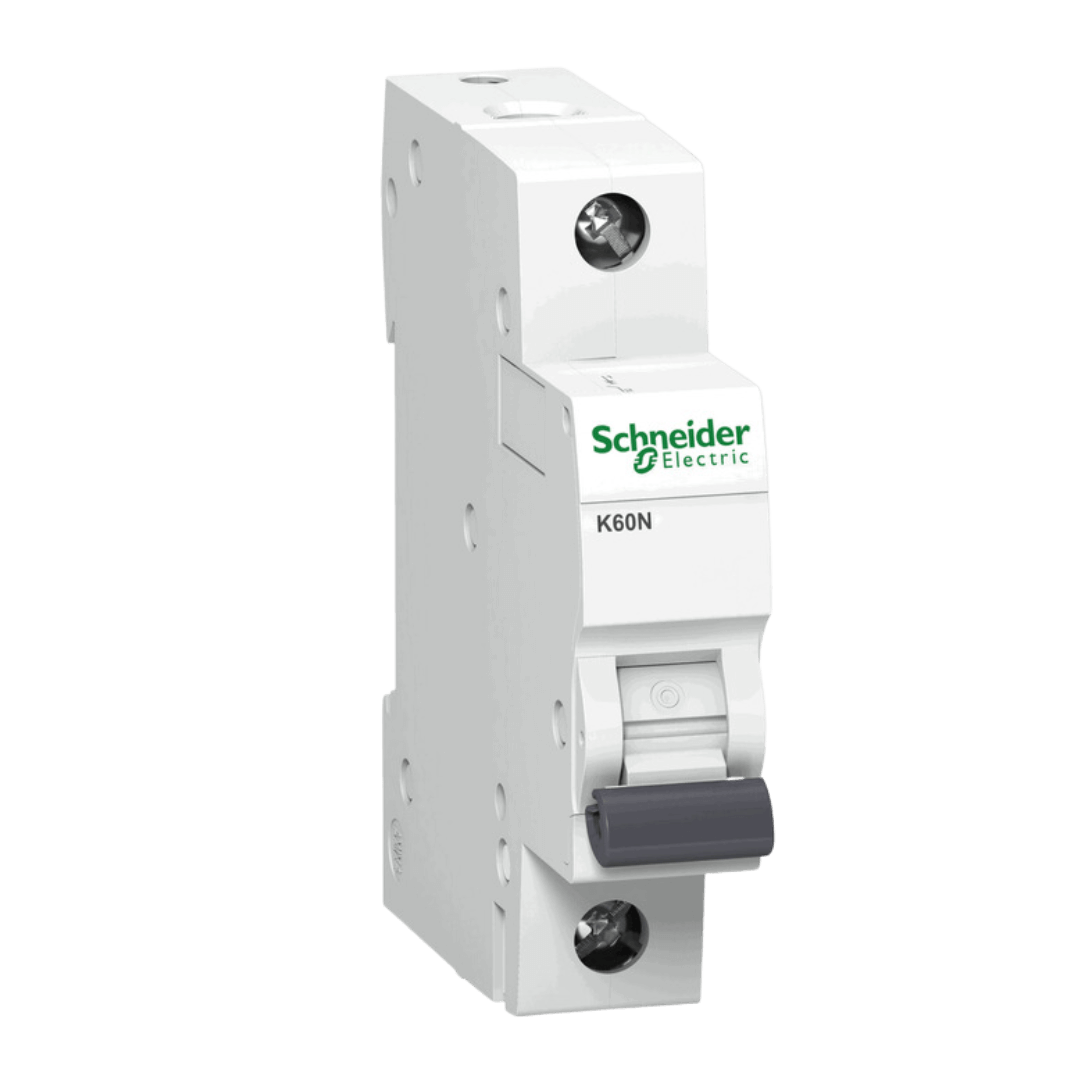

What is an DC MCB?
- A DC MCB (Direct Current Miniature Circuit Breaker) is utilized in the electrical systems of automobiles, particularly in circuits powered by batteries that convert solar energy into direct current, used to operate electronics.
- To safeguard these devices, a DC MCB is essential. Additionally, an electric inverter is necessary to transform DC into AC (Alternating Current) power
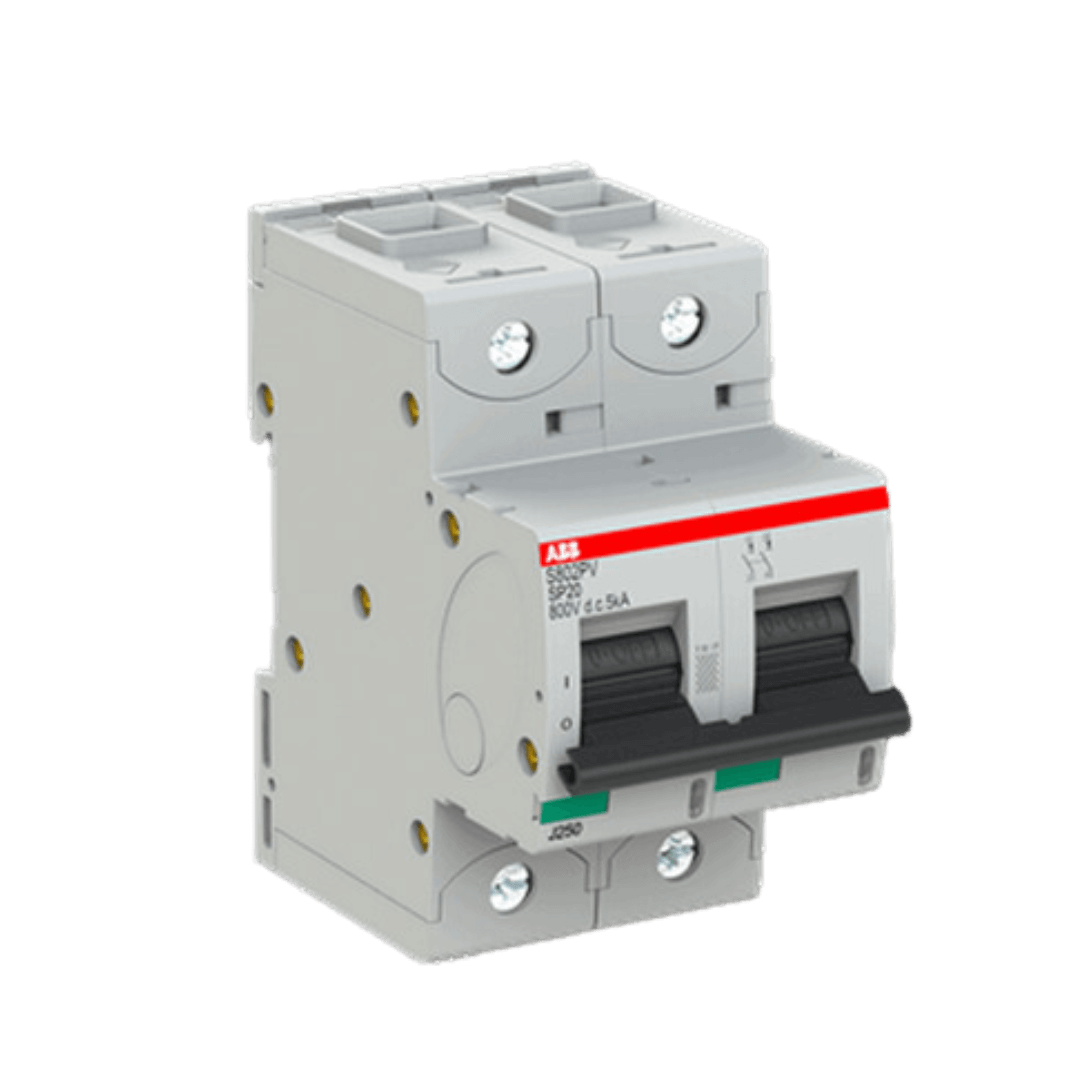

AC & DC MCB Products
ElectGo offers a wide range of MCB products from well-known brands such as ABB and Schneider Electric. As an authorized distributor in Singapore, we are your trusted source for high-quality MCB products from these leading manufacturers.
Difference Between AC MCB and DC MCB
If the MCB looks for the difference between AC MCB and DC MCB by only physical parameters than the AC MCB has labels of the terminals as LOAD and LINE terminals whereas the DC MCB will have positive (+) or negative (-) sign on its terminal. If the properties of the AC MCB and DC MCB are looked for the differences among them than the only noticeable difference is the breaking of AC MCB and DC MCB. It is harder to break a DC MCB as compared to an AC MCB. AC MCB is extinguished with the help of zero crossings but a DC MCB is extinguished with the help of a mechanical interruption or with cooling. DC MCBs open faster as compared to AC MCBs.
LINE / LOAD Terminal Marking on MCB (Polarized MCB)
| AC | DC |
|
|
Non-Polarized MCB
| AC | DC |
|
|
How To Connect MCB?
There are markings on the MCBs to be connected to the AC or other appliances. The manufacturer marks the label on the terminals for the right connections with the appliances. If the terminals are not marked by the manufacturer then the connection is made on the general rules related to connections. If the terminal is marked with a label of input or line then the supply is to be attached to that end and the load is to be attached to the mentioned load terminal. If the MCB is attached to the AC in the wrong way then the MCB may not give protection from the fault conditions. If the MCB being used is a DC MCB then there are signs on the terminals of the MCB. The connections are made easier if the positive and negative signs are indicated on the terminals of the MCB. In the case of the DC MCB if the connections are wired incorrectly then there is a huge possibility of the burning of the MCB.
Source: SaroeurnDIY
How To Choose the Right Ampere MCB?
First, calculate the load (Watt) of all appliances using this formula:
Power (W) = Voltage (V) x Current (I) x Power Factor (PF)
Current (I) = Watt (W) / Voltage (V) x Power Factor (PF)
Take an example, if the calculated current is 11A, the suitable MCB rating to choose is 16A.
Frequently Asked Questions (FAQ)
1. Can AC MCB be used for DC?
The AC current or signal is continuously changing its value for each second. The voltage of the AC signal changes its polarity from positive to negative in every second of a minute. The MCB will break at 0 Volts and the arc will be extinguished and as a result, the wiring will be protected from a huge amount of current. Whereas the DC signal is not alternating, it flows in a constant state and the value for the voltage is only changed when the circuit is turned OFF or the circuit input is decreased by some value otherwise the DC circuit will provide a constant value of voltage for each second of a minute. So, as there is no 0 Volt point in a DC state so the AC MCB will not work with DC states.
2. How can you tell the difference between AC and DC MCB?
It is harder to break a DC MCB as compared to an AC MCB. AC MCB is extinguished with the help of zero crossings but a DC MCB is extinguished with the help of a mechanical interruption or with cooling. DC MCBs open faster as compared to AC MCBs.
3. How do I choose an MCB for DC?
- Voltage Rating: Identify the voltage rating for your direct current (DC) system.
- Current Rating: Compute the peak current expected to circulate through the circuit where the DC Miniature Circuit Breaker (MCB) will be installed.
- Breaking Capacity: Evaluate the breaking capacity or interrupting rating of the DC MCB.
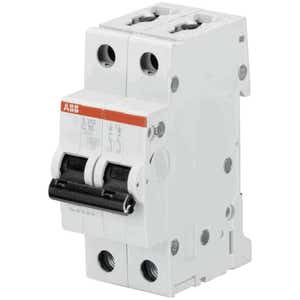

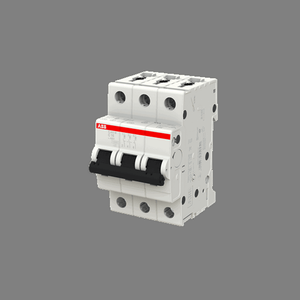
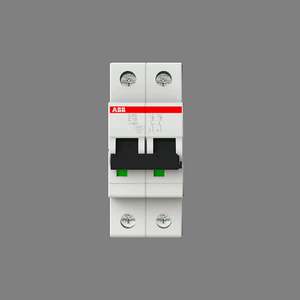

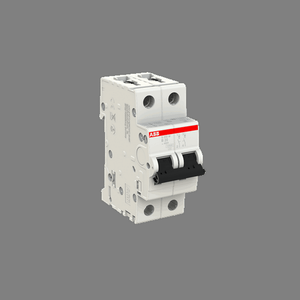
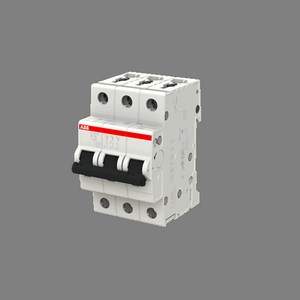
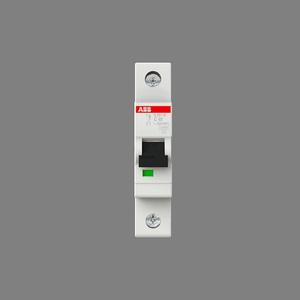
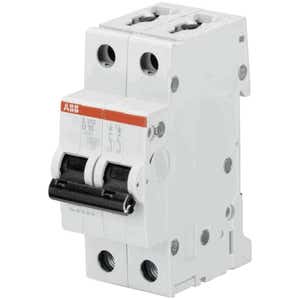

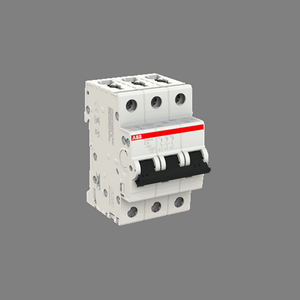
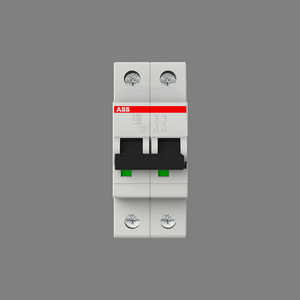

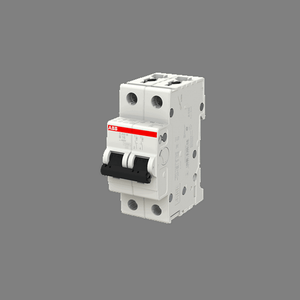
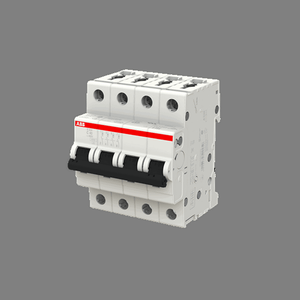

























Share this article on social media